Home>Interior Design>A Guide To Matte Paint And When To Use It
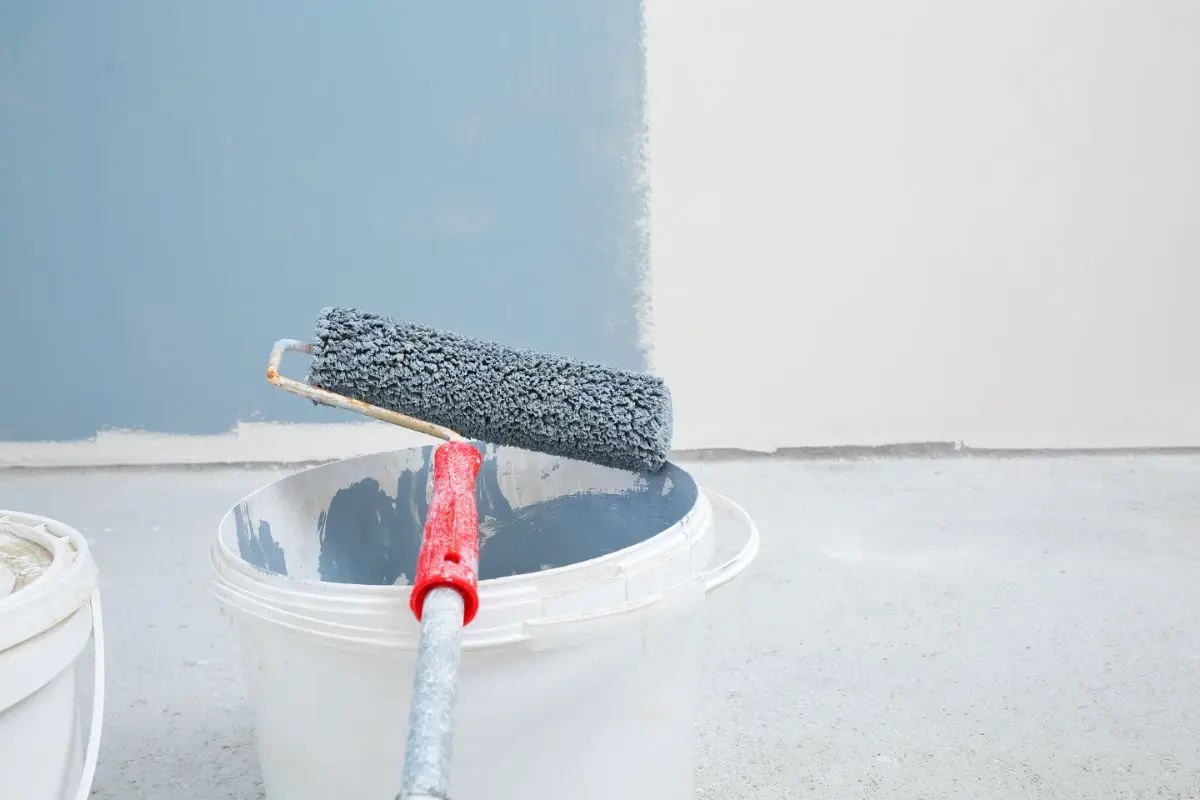

Interior Design
A Guide To Matte Paint And When To Use It
Modified: December 7, 2023
Discover the benefits of matte paint for interior design and learn when to incorporate it into your home decor. Explore this comprehensive guide to achieve a stylish and modern look.
(Many of the links in this article redirect to a specific reviewed product. Your purchase of these products through affiliate links helps to generate commission for Storables.com, at no extra cost. Learn more)
Introduction
When it comes to painting your walls, there are numerous options available that can drastically change the look and feel of a room. Matte paint is one such option that has gained popularity in recent years. It offers a unique aesthetic that can transform any space with its understated elegance.
But what exactly is matte paint? How does it differ from other types of paint finishes? And when should you use it? In this comprehensive guide, we will explore the world of matte paint, uncover its advantages and disadvantages, delve into when and where it should be used, compare it with glossy paint, and provide helpful tips for applying and maintaining matte finishes.
So, whether you’re considering a new paint job for your home or simply want to expand your knowledge about interior design, read on to discover everything you need to know about matte paint.
Key Takeaways:
- Matte paint offers timeless elegance, hides imperfections, and softens lighting, making it ideal for bedrooms, formal living rooms, and accent walls to create a sophisticated and calming ambiance.
- While matte paint enhances color richness and is easy to touch up, it may be less durable and challenging to clean, making it important to consider specific needs and space requirements before opting for this finish.
Read more: A Guide To Milk Paint And When To Use It
What is matte paint?
Matte paint, also known as flat paint, is a type of paint finish that offers a non-reflective, velvety smooth appearance. Unlike glossy or satin finishes that have a sheen and reflect light, matte paint has a matte or flat surface that absorbs light, resulting in a soft, muted look.
This unique characteristic of matte paint makes it an excellent choice for creating a sophisticated and subtle atmosphere in any room. It can add depth and texture to surfaces, creating a refined and understated elegance that suits various interior styles.
Matte paint is typically composed of a higher ratio of pigments compared to other paint finishes. This higher pigment concentration gives the paint its characteristic color richness and enhances its ability to cover imperfections on walls or other surfaces. As a result, matte paint is often chosen for areas where a flawless, even-toned appearance is desired.
Another defining feature of matte paint is its low sheen or lack thereof. Unlike glossy or semi-gloss paints that have a reflective surface, matte paint minimizes the appearance of surface imperfections, such as bumps, cracks, or uneven textures on walls. It helps to create a smooth and uniform surface, drawing attention away from any flaws.
It’s important to note that while matte paint has a unique aesthetic appeal, it may not be suitable for every application. It has specific advantages and disadvantages that should be considered before deciding to use it in your space. In the following sections, we’ll explore the pros and cons of matte paint in detail.
Advantages of using matte paint
Matte paint offers several advantages that make it a popular choice among interior designers and homeowners. Let’s take a closer look at some of these advantages:
- Elegant and timeless: Matte paint provides a classic and sophisticated look that never goes out of style. Its velvety texture adds depth and richness to walls, creating an elegant backdrop for any decor.
- Hides imperfections: Matte paint is excellent at concealing surface imperfections like cracks, dents, or uneven textures. Its low sheen minimizes the appearance of flaws, resulting in a smoother and more visually appealing surface.
- No glare: Unlike glossy finishes, matte paint does not reflect light, which means you won’t have to worry about any glare or shine on your walls. This makes it ideal for rooms where you want to create a calm and relaxing ambiance.
- Softens lighting: Matte paint has the ability to diffuse light, creating a softer and more diffused illumination in a room. This can help to reduce harsh shadows and create a more gentle and welcoming atmosphere.
- Enhances color richness: The higher concentration of pigments in matte paint allows for a more vibrant and saturated color. It can make the colors on your walls appear deeper and more intense, adding depth and visual interest to your space.
- Easy touch-up and maintenance: Matte paint is generally easier to touch up and maintain compared to glossy finishes. It can be spot-repaired without leaving noticeable differences in sheen, making it more forgiving in high-traffic areas.
These advantages make matte paint a versatile choice for various rooms and surfaces. Whether you’re looking to create a cozy bedroom, a chic living room, or an inviting office space, matte paint can help you achieve the desired aesthetic with its elegant and understated charm.
Disadvantages of using matte paint
While matte paint offers numerous advantages, it is important to consider its disadvantages as well before making a decision. Here are a few drawbacks to keep in mind:
- Less durability: Matte paint is generally less durable and more prone to scuffs, stains, and marks compared to glossy or satin finishes. Its porous nature can make it more challenging to clean and maintain, especially in high-traffic areas or rooms with children or pets.
- Difficult to clean: Due to its non-reflective surface, matte paint is more susceptible to showing dirt, fingerprints, and smudges. Attempting to clean these marks too aggressively or with the wrong cleaning products can result in permanent damage or discoloration.
- Limited moisture resistance: Matte paint has a tendency to absorb moisture more readily than other finishes. This can make it less suitable for rooms with high humidity levels, such as bathrooms or kitchens, where water splashes or steam can damage the paint over time.
- Challenging to touch up: While matte paint is relatively easy to touch up for small areas, blending larger patches can be more challenging. Any touch-ups may result in a slight variation in sheen or color, making the patched area noticeable under certain lighting conditions.
- Not suitable for heavy-duty cleaning: Matte paint is not recommended for areas that require frequent or rigorous cleaning, such as commercial spaces or children’s play areas. Its delicate finish may not withstand the use of harsh cleaning chemicals or abrasive cleaning tools.
Considering these disadvantages, it is essential to assess your specific needs and the demands of the space before opting for matte paint. If you prioritize durability and easy maintenance, especially in high-traffic or moisture-prone areas, you may want to explore other paint finishes that better suit your requirements.
When to use matte paint
Matte paint can be a great choice for various situations and spaces. Understanding when to use matte paint can help you achieve the desired aesthetic and ensure the longevity of the paint job. Here are some scenarios where matte paint can be particularly beneficial:
- Bedrooms: Matte paint creates a calming and cozy atmosphere in bedrooms, making it an ideal choice for this space where relaxation and comfort are key. The soft, velvety finish of matte paint enhances the ambiance and promotes a restful environment.
- Formal living rooms and dining areas: Matte paint can lend an air of sophistication and elegance to formal living rooms and dining areas. Its subtle, non-reflective appearance allows the focus to be on other design elements, such as artwork or furniture, creating a visually pleasing and refined space.
- Accent walls: Using matte paint on an accent wall can make it stand out without overpowering the entire room. With its ability to absorb light, matte paint can create a striking contrast against other finishes in the space, enhancing the visual interest and creating a focal point.
- Minimalist or modern interiors: Matte paint complements minimalist or modern interior styles, where clean lines and simplicity are key. Its smooth and subdued finish can provide a sleek backdrop for minimalist furnishings, letting them take center stage in the design.
- Establishing a vintage or aged look: Matte paint can help create a vintage, aged, or weathered appearance on furniture, cabinets, or trim. Its velvety texture can add character and depth, lending an antique or rustic charm to the space.
While these are common scenarios where matte paint works well, it is ultimately up to personal preference and the desired atmosphere you wish to create. It’s always a good idea to test paint samples in different lighting conditions and evaluate how they interact with the other elements in your space before making a final decision.
Now that you know when to use matte paint, let’s explore how it compares to glossy paint in the next section.
Read more: A Guide To Eggshell Paint And When To Use It
Matte paint vs. glossy paint: a comparison
When choosing between matte paint and glossy paint, it’s important to understand the differences in appearance, functionality, and suitability for different surfaces. Here’s a comparison between the two:
Appearance:
Matte paint has a non-reflective, velvety finish that creates a subtle and elegant ambiance. It minimizes the appearance of imperfections on the surface and provides a smooth, muted appearance. Glossy paint, on the other hand, has a high sheen and reflects light, creating a shiny, reflective surface that can make colors appear more vibrant and give a polished and modern look to a space.
Functionality:
Glossy paint is known for its durability and ability to withstand frequent cleaning, making it a popular choice for high-traffic areas like kitchens, bathrooms, and hallways. The smooth surface of glossy paint also makes it more resistant to stains and moisture. Matte paint, while less durable and more prone to scuffs and marks, is excellent for concealing surface imperfections and creating a calming atmosphere in bedrooms or formal spaces.
Suitability for surfaces:
Glossy paint is often used on surfaces that require frequent cleaning or where a high level of sheen is desired, such as cabinets, trim, or doors. It can withstand regular scrubbing and maintain its sheen over time. Matte paint is more commonly used on walls, ceilings, and furniture to create a subtle, rich, and velvety appearance.
Versatility:
Glossy paint is versatile and can be used in a variety of styles, from modern to traditional, adding a sleek and polished look to any surface. Matte paint, on the other hand, lends itself well to contemporary, minimalist, or vintage design styles, offering a softer and more understated aesthetic.
Overall, the choice between matte paint and glossy paint depends on the desired look, functionality requirements, and the specific surface you are painting. It’s worth considering a combination of finishes in a room to add visual interest and create a dynamic contrast. Consulting with a professional or trying out paint samples on your walls can help you make an informed decision based on your personal preferences and the needs of your space.
When to use matte paint: Use matte paint on walls with imperfections as it helps to hide them. It’s also great for creating a modern, sophisticated look.
Tips for applying and maintaining matte paint
Whether you’re planning to paint a room with matte paint or have already done so, here are some helpful tips for applying and maintaining a pristine matte finish:
- Prepare the surface: Properly prepare the surface before applying matte paint. Fill any cracks or holes, and sand down uneven areas to achieve a smooth and even surface. This will ensure a flawless finish.
- Use a high-quality primer: Use a high-quality primer specifically formulated for matte paint finishes. This will help the paint adhere better to the surface and improve the overall durability of the paint job.
- Choose the right brush or roller: Opt for a brush or roller with a fine nap or bristle that is suitable for matte finishes. This will help to achieve an even application and minimize the appearance of brush or roller marks.
- Apply multiple thin coats: Instead of applying one thick coat, it is advisable to apply multiple thin coats of matte paint. This will ensure a more even and uniform coverage, and prevent the paint from appearing streaky or uneven.
- Avoid excessive scrubbing: Matte paint is more prone to showing marks and stains compared to other finishes, so it’s important to avoid excessive scrubbing or harsh cleaning agents. Instead, gently blot any stains or marks with a damp cloth or sponge.
- Use touch-up paint carefully: When touching up areas with matte paint, be mindful of the sheen and color match. It’s best to use the original paint or a touch-up kit specifically designed for matte finishes to ensure a seamless blend.
- Prevent moisture buildup: To maintain the integrity of matte paint, ensure proper ventilation in rooms with high humidity levels. Use exhaust fans or dehumidifiers to minimize moisture buildup, as excessive moisture can damage the paint over time.
- Gently dust or vacuum: Regularly dust or vacuum matte-painted surfaces to remove dirt and debris. Use a soft cloth or a soft brush attachment to avoid scratching or damaging the paint finish.
By following these tips, you can ensure a successful application and prolonged life of your matte paint finish. Remember that regular maintenance and gentle cleaning practices are key to keeping your matte-painted surfaces looking their best.
Conclusion
Matte paint offers a unique and sophisticated aesthetic that can transform any space with its understated elegance. With its non-reflective, velvety finish, matte paint creates a smooth and muted appearance that can enhance the ambiance of a room and hide surface imperfections. However, it’s important to consider both the advantages and disadvantages of matte paint before making a decision.
The advantages of matte paint include its timeless and elegant appearance, ability to hide imperfections, lack of glare, softening of lighting, enhancement of color richness, and ease of touch-up and maintenance. On the other hand, matte paint may be less durable, difficult to clean, have limited moisture resistance, challenging to touch up, and not suitable for heavy-duty cleaning.
Knowing when to use matte paint is crucial. Matte paint works well in bedrooms, formal living rooms, accent walls, minimalist or modern interiors, and when aiming for a vintage or aged look. Understanding the differences between matte paint and glossy paint is also important, as glossy paint offers a shiny, reflective surface and greater durability, while matte paint provides a subtle, velvety appearance and can conceal surface imperfections.
When applying and maintaining matte paint, it’s crucial to properly prepare the surface, use a high-quality primer, choose the right tools, apply multiple thin coats, avoid excessive scrubbing, use touch-up paint carefully, prevent moisture buildup, and gently clean or dust the surfaces.
In conclusion, matte paint is a versatile and elegant option for creating a sophisticated and understated atmosphere in any space. When used appropriately and maintained properly, matte paint can transform your walls, add depth and texture to your home, and create a visually pleasing environment that exudes timeless charm and style.
Frequently Asked Questions about A Guide To Matte Paint And When To Use It
Was this page helpful?
At Storables.com, we guarantee accurate and reliable information. Our content, validated by Expert Board Contributors, is crafted following stringent Editorial Policies. We're committed to providing you with well-researched, expert-backed insights for all your informational needs.
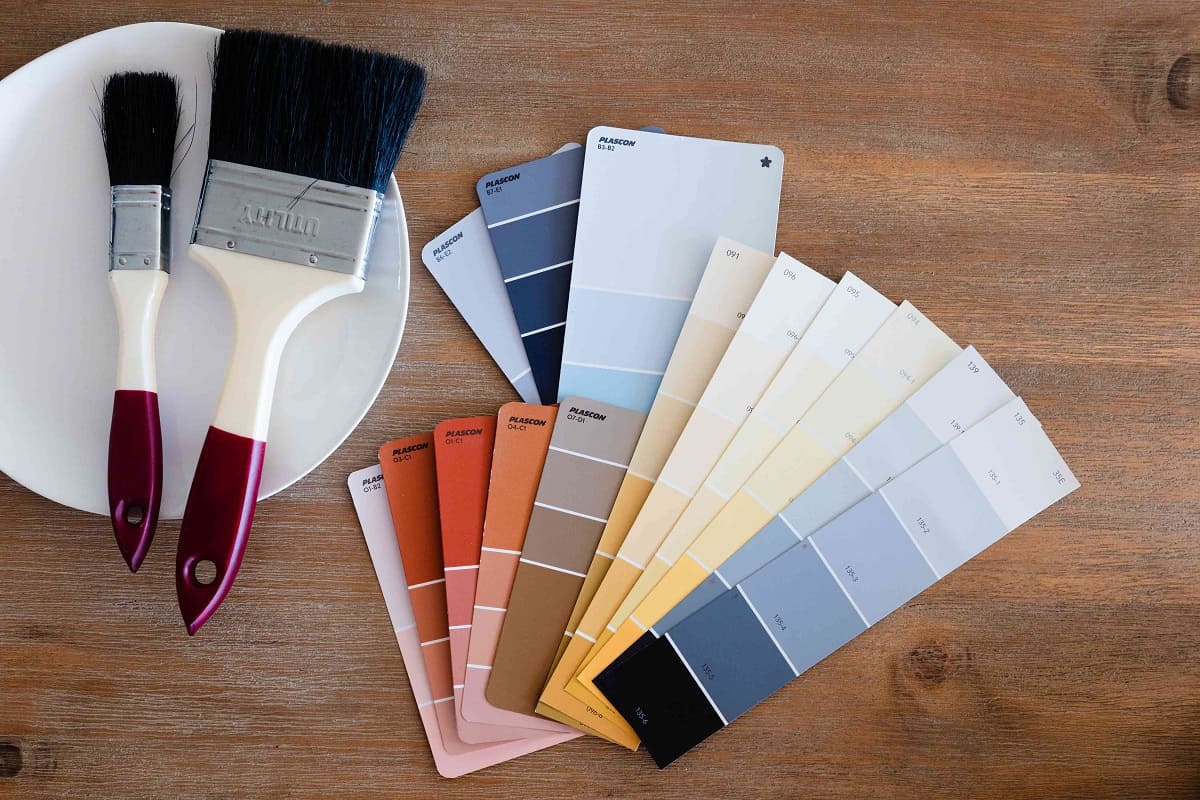
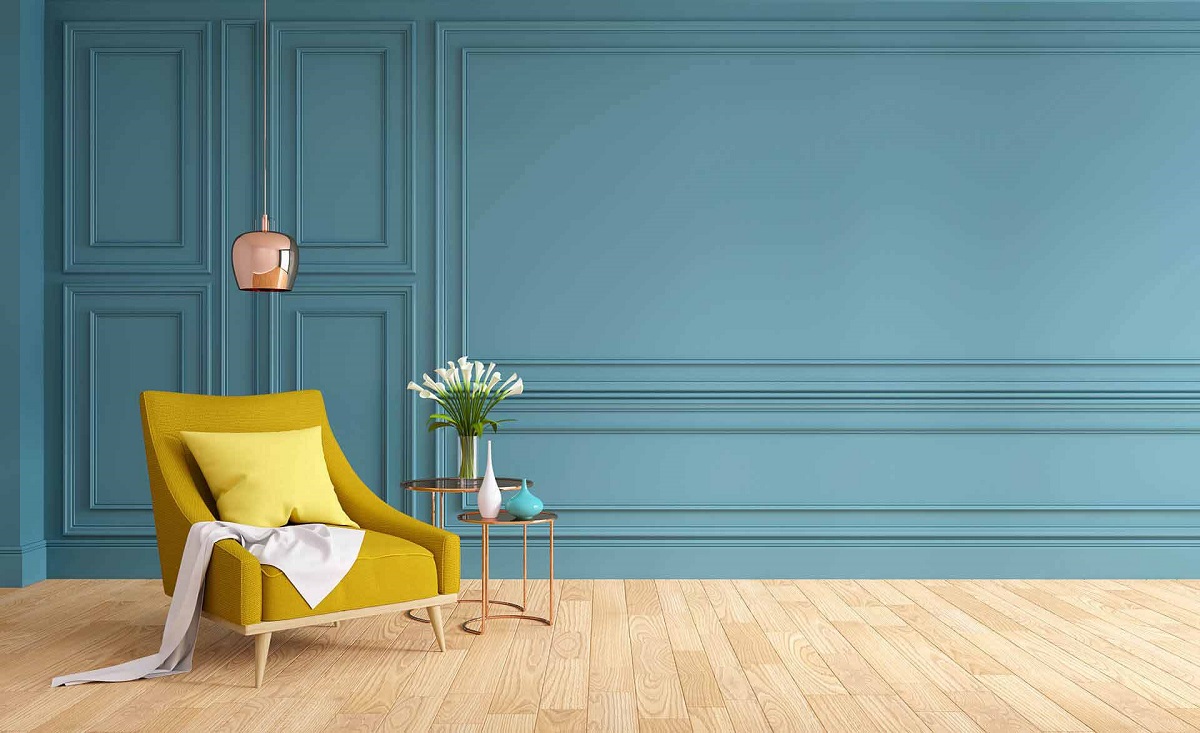
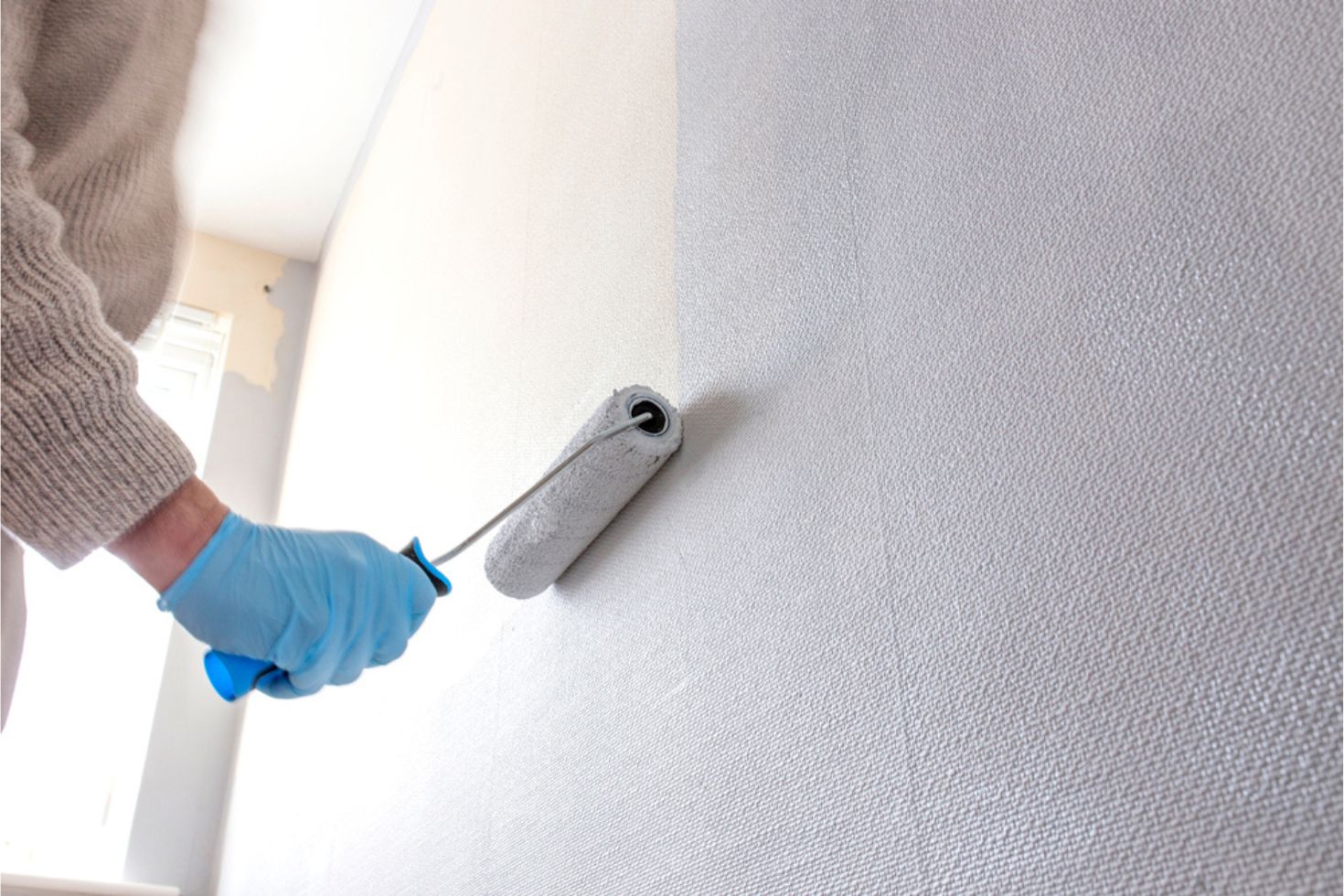
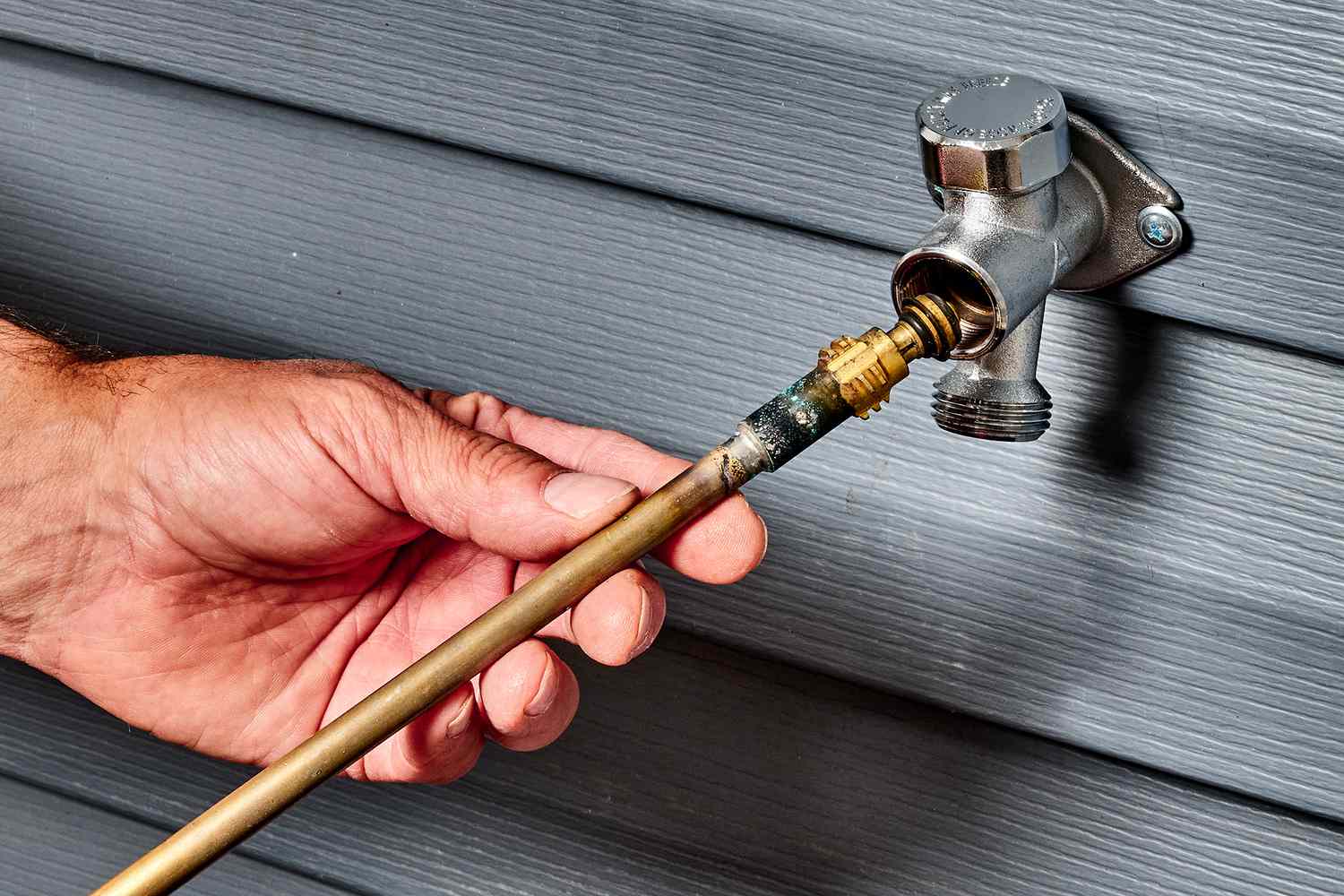
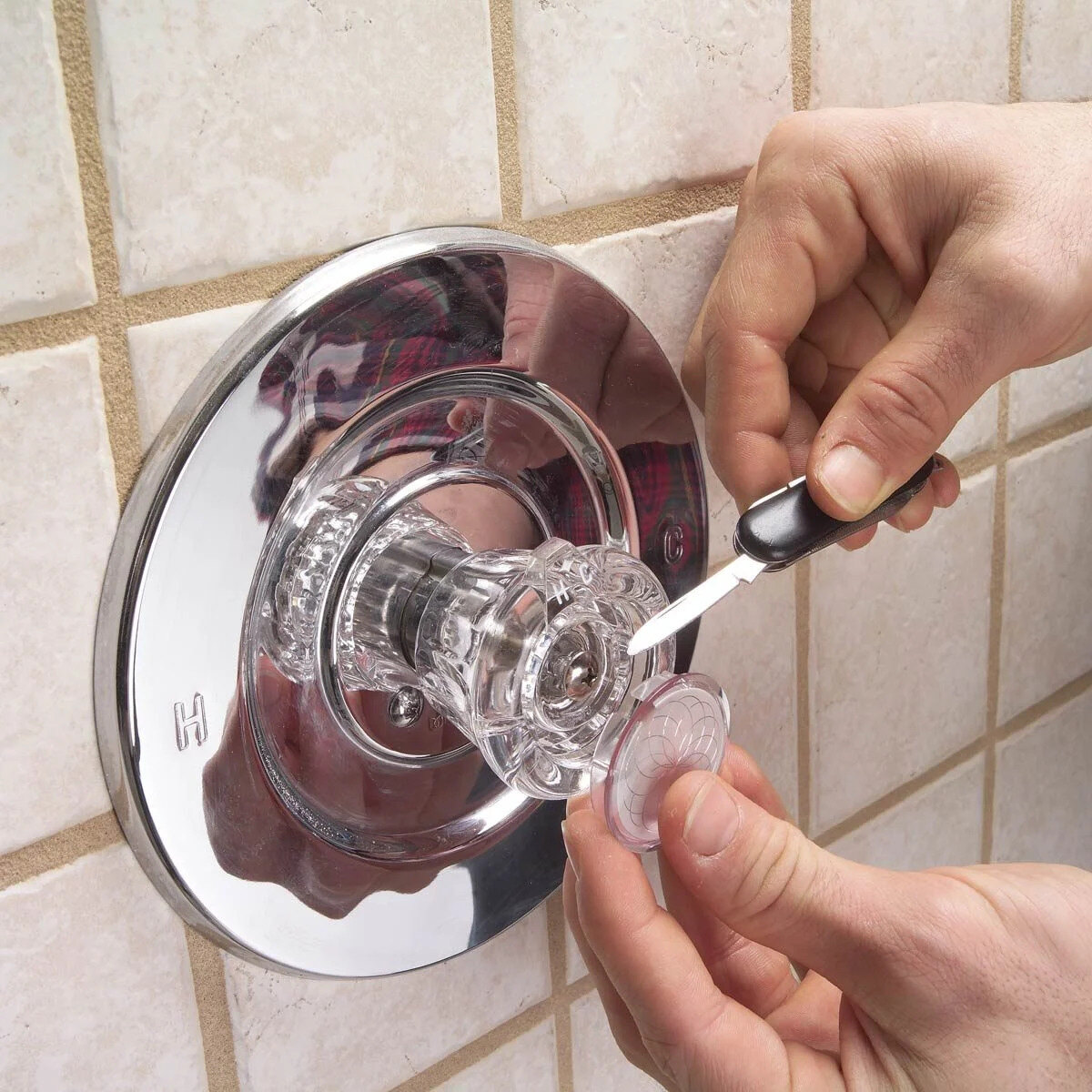
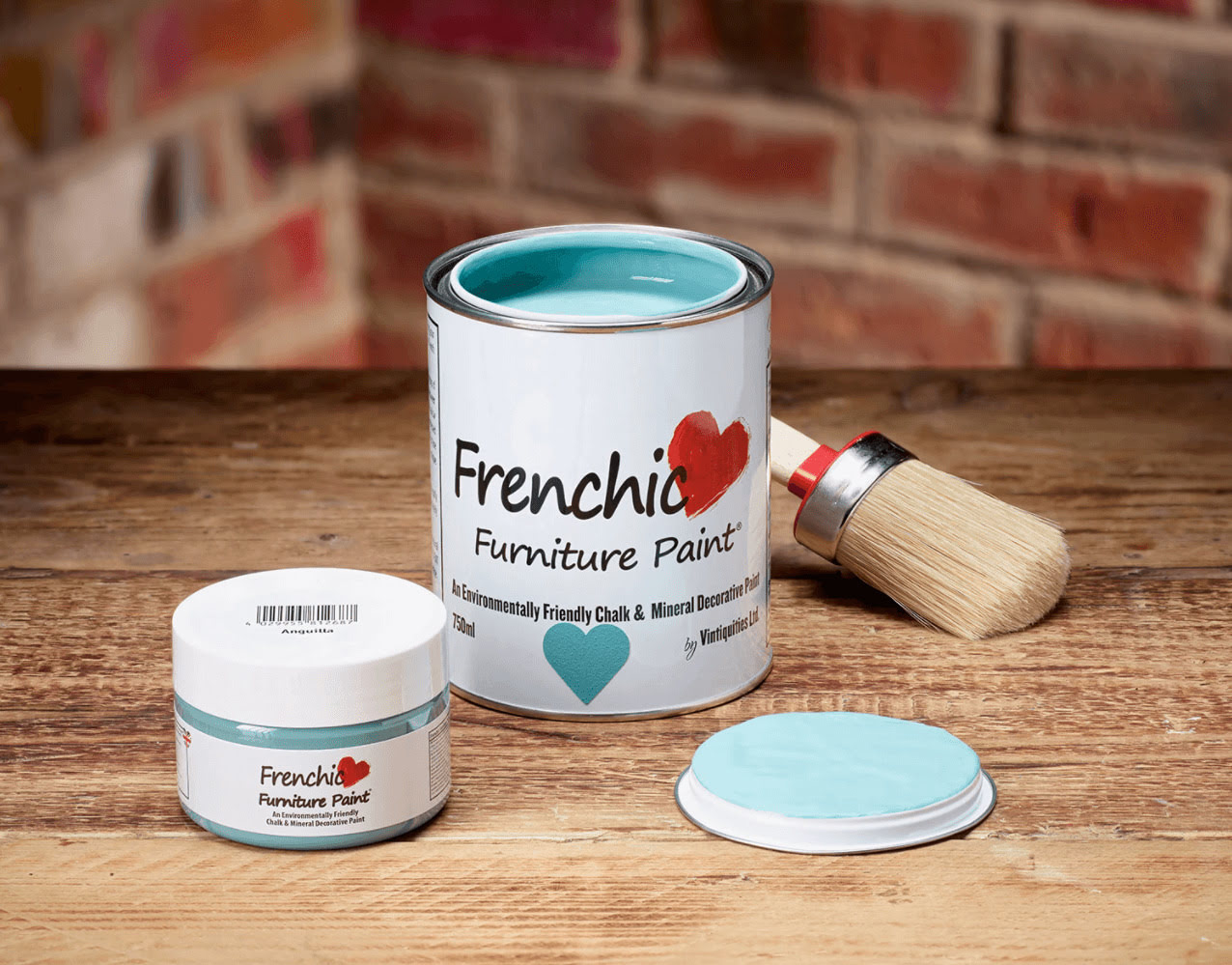
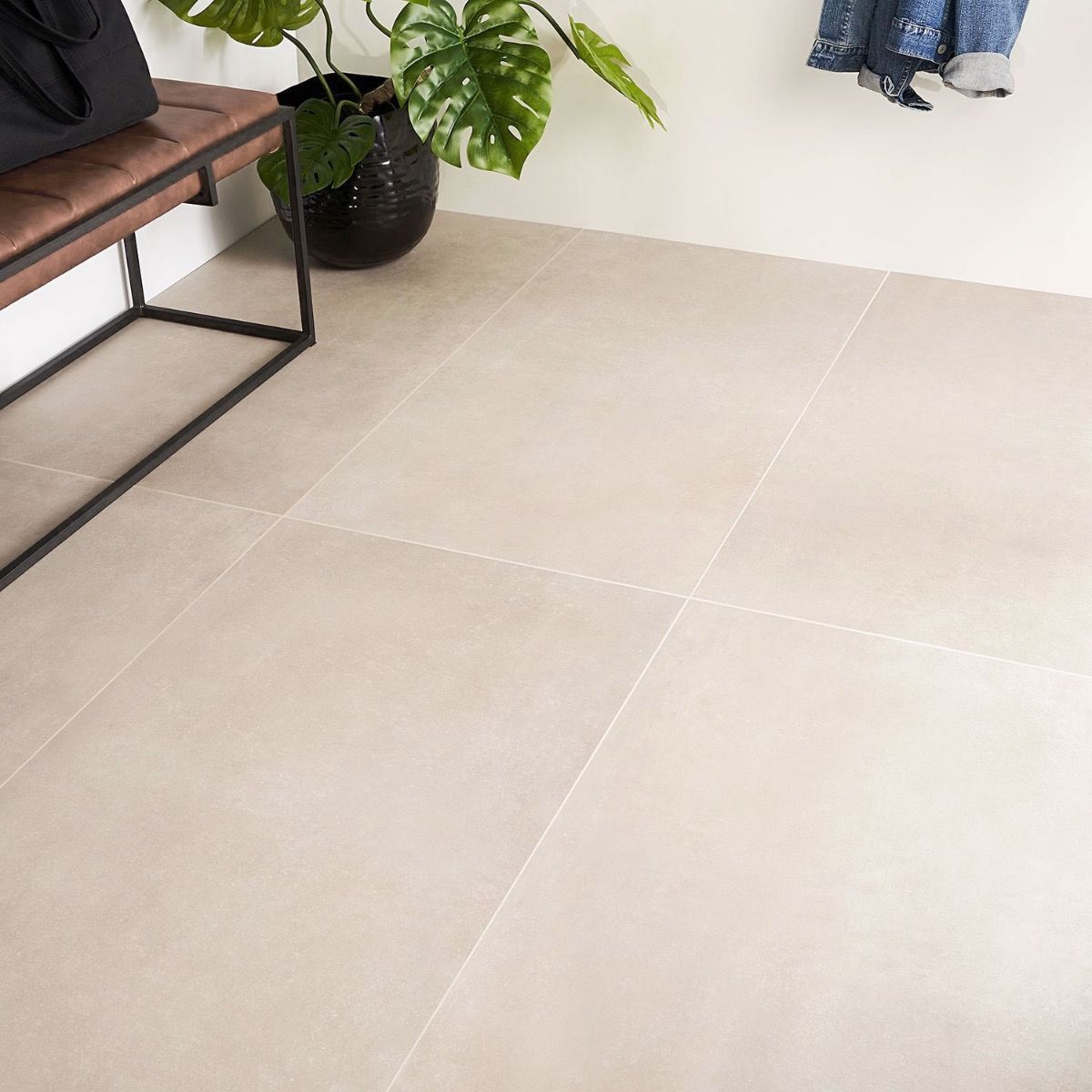
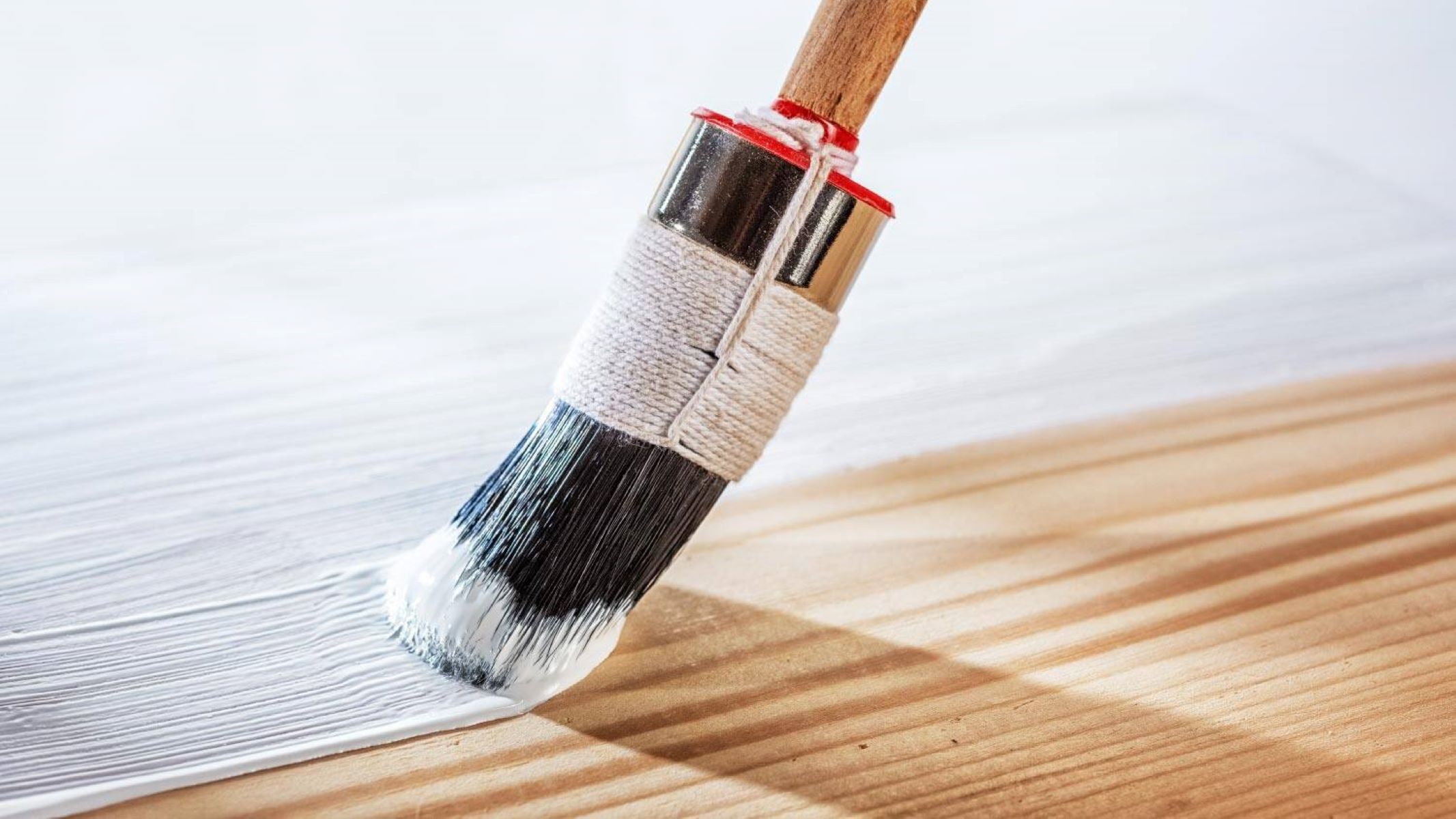
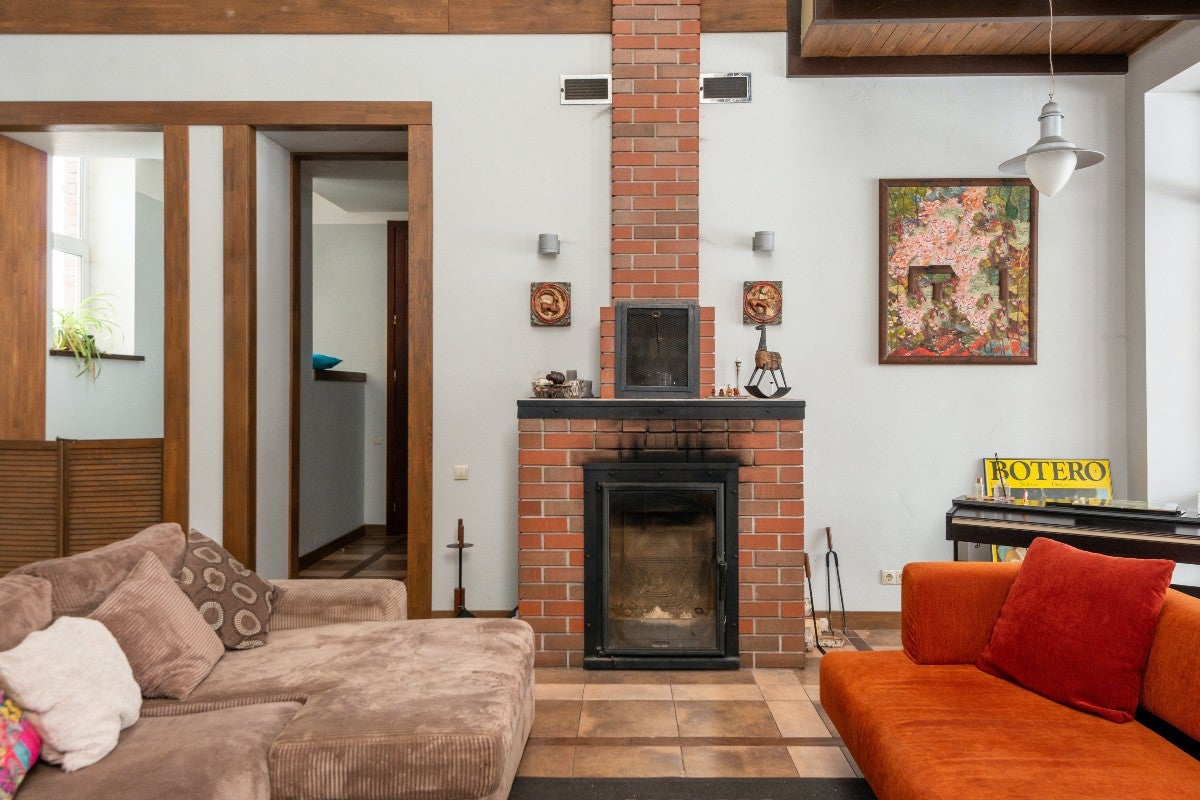
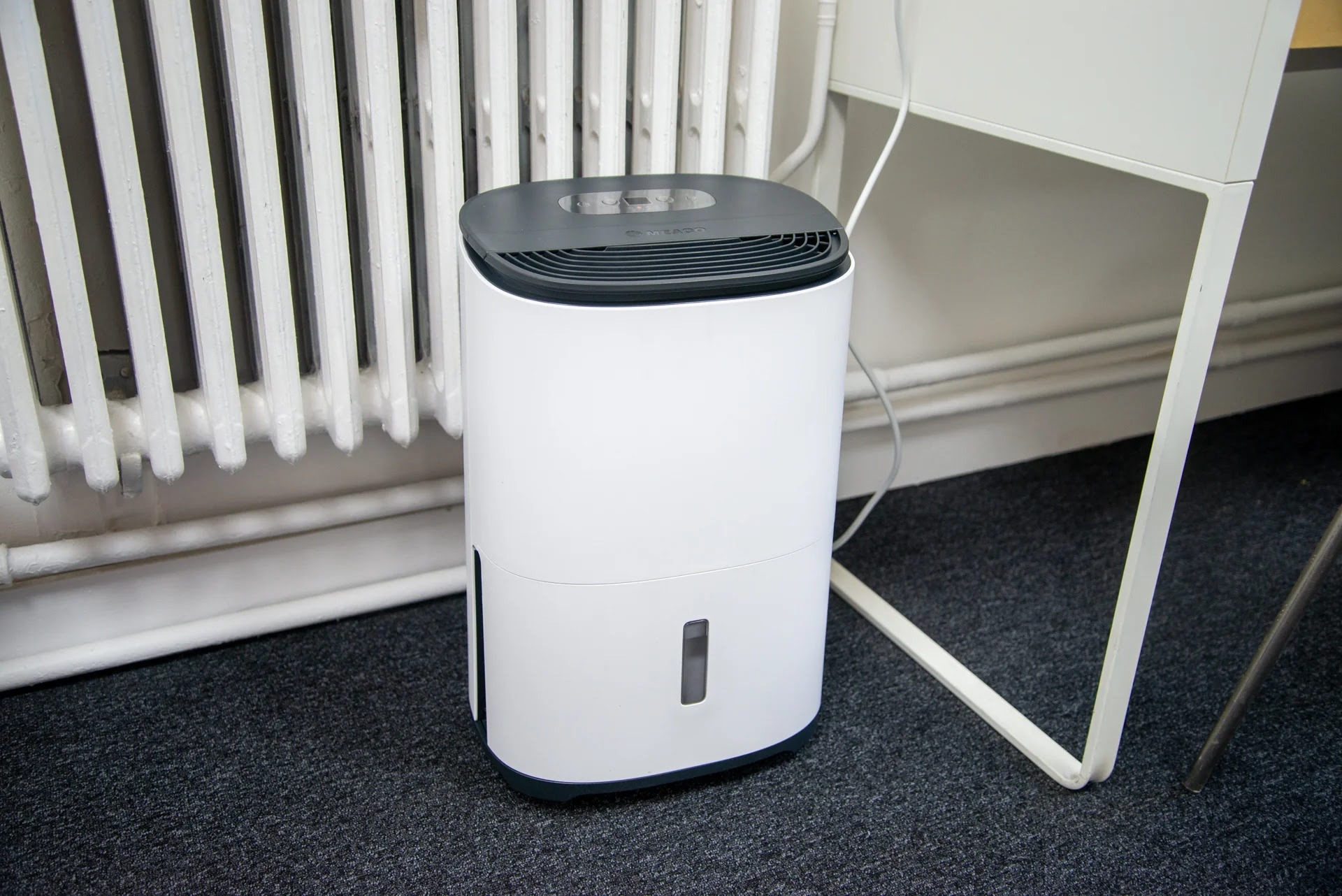
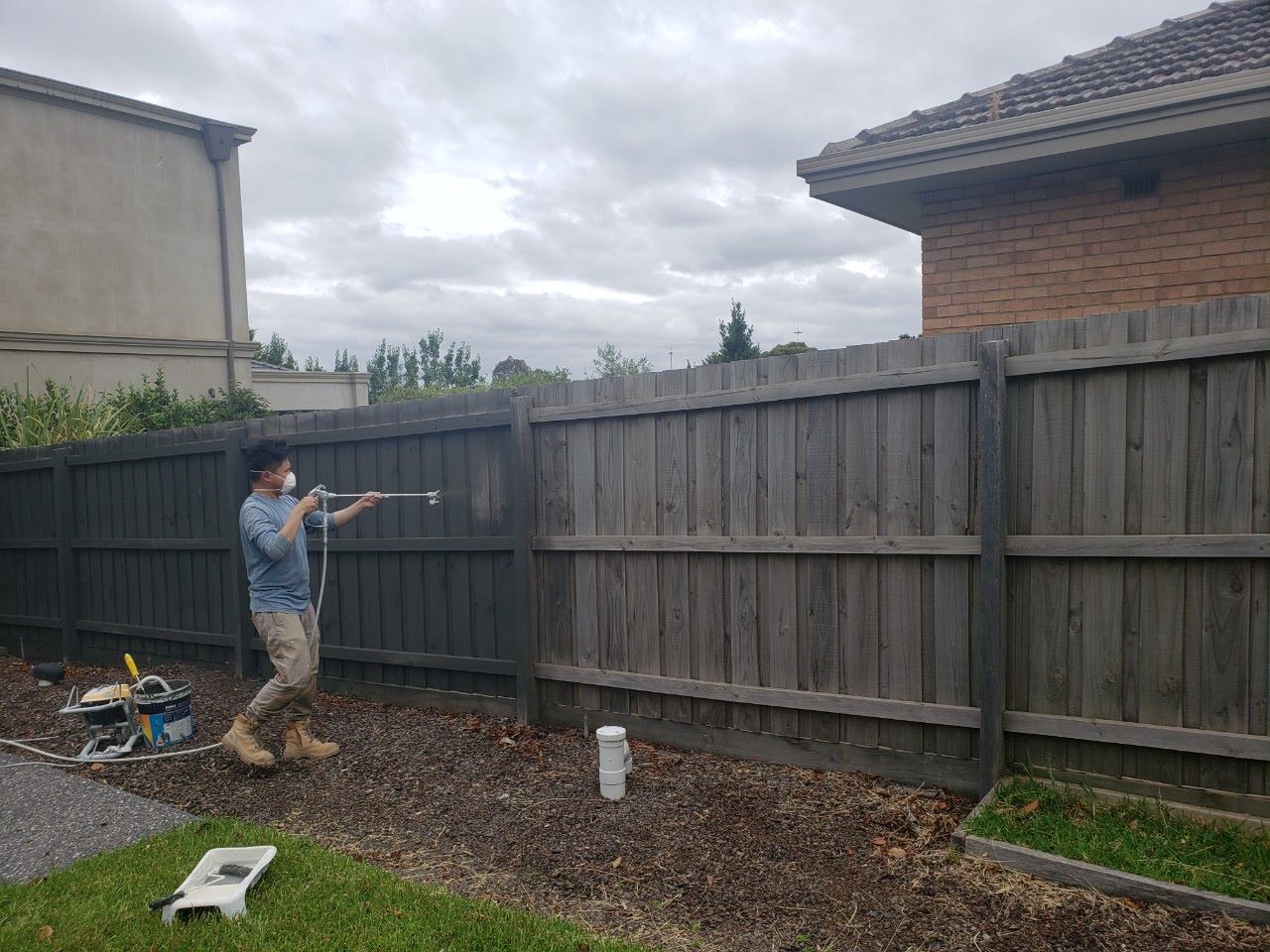

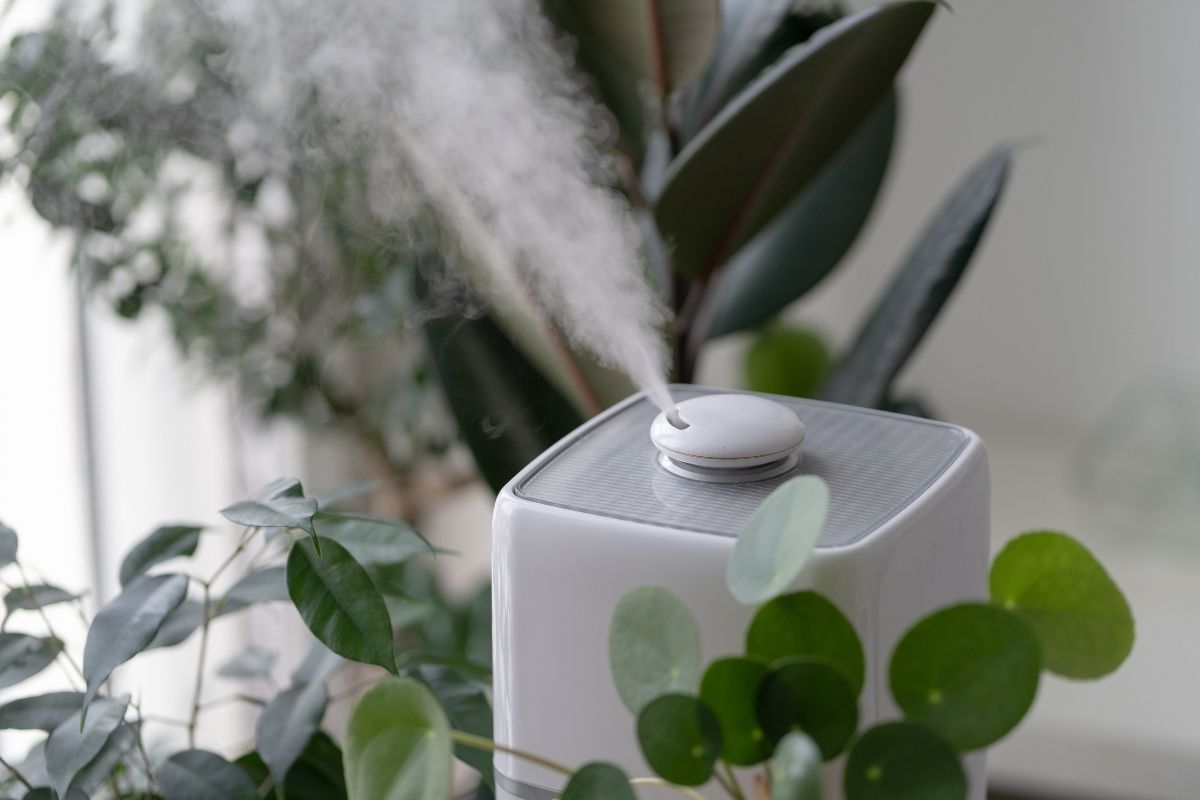

0 thoughts on “A Guide To Matte Paint And When To Use It”